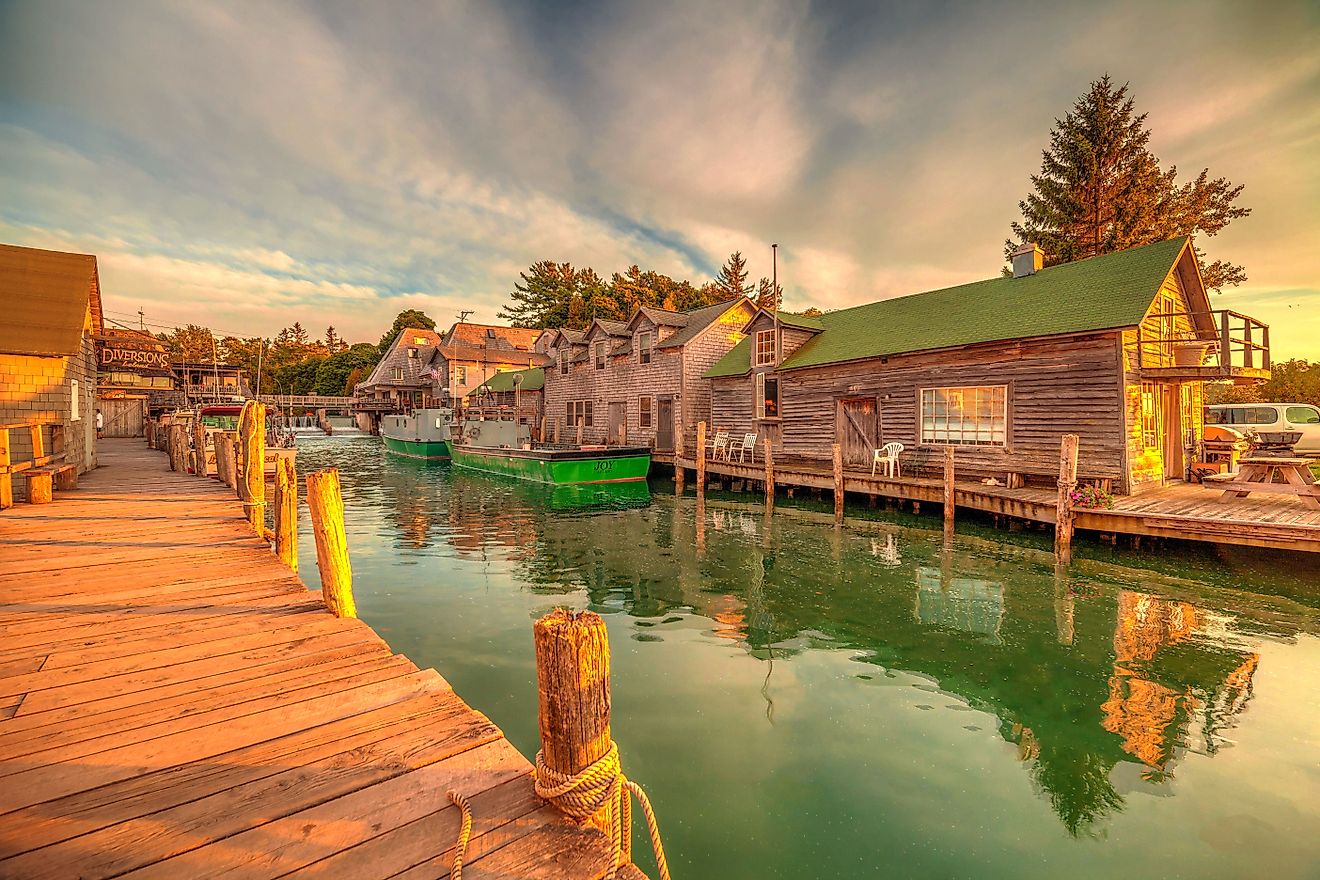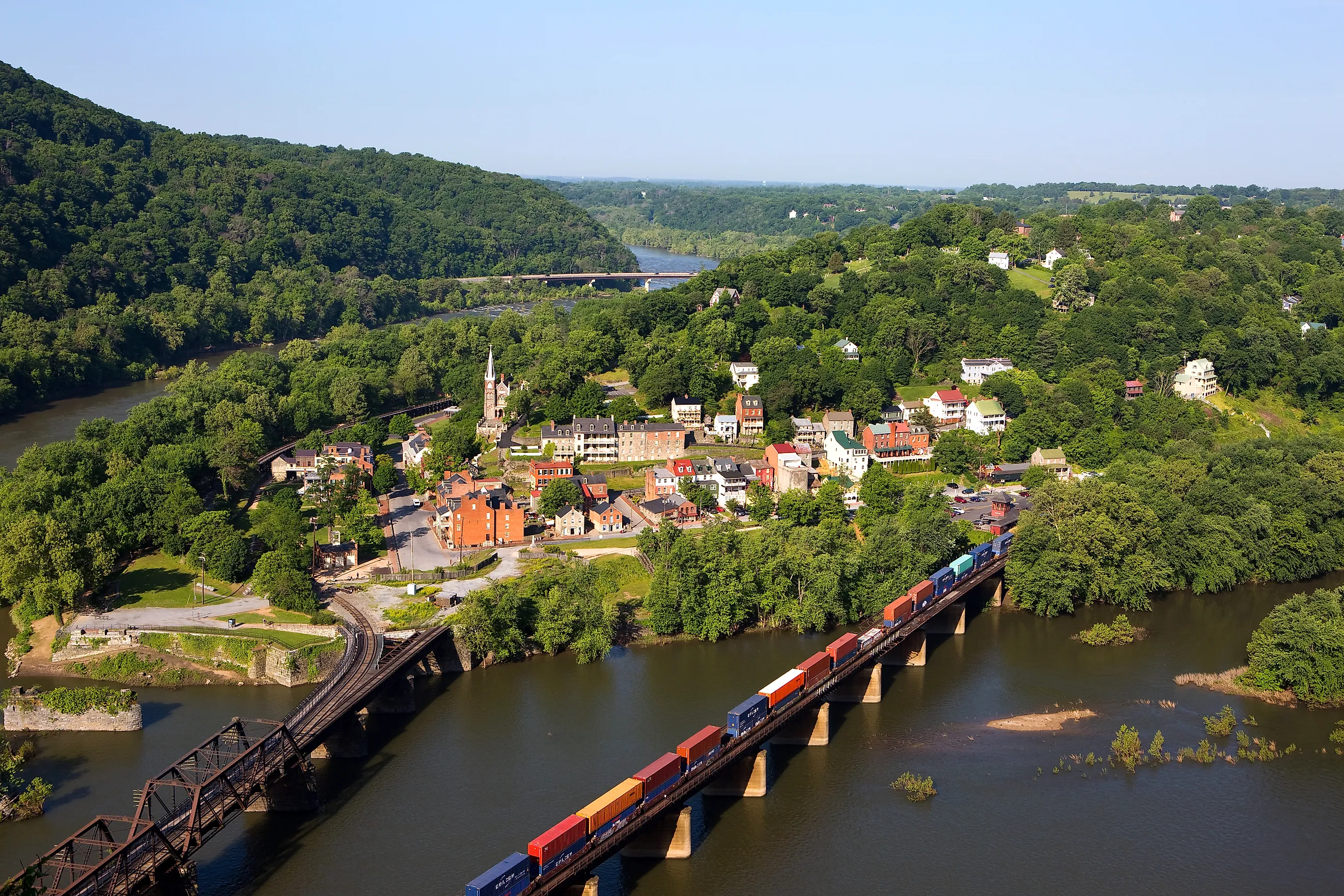
2025's Most Underrated Towns In West Virginia
There's a reason West Virginia has the slogan "Wild, Wonderful" on its license plates. The Mountain State, which became a part of the Union in 1863 amid the tumult of the Civil War, offers a diverse menu of natural and historical attractions. Yet some of the state's most interesting places lie beyond the better-known cities like the capital, Charleston, or the football-loving Morgantown, home of West Virginia University. In a state whose past combines colonial-era settlement, coal mining, and mountain culture of all kinds, West Virginia's best reasons for a future visit may require an extra mile of effort. The results, as locals and repeat visitors will tell you, are always worth it.
Blennerhassett
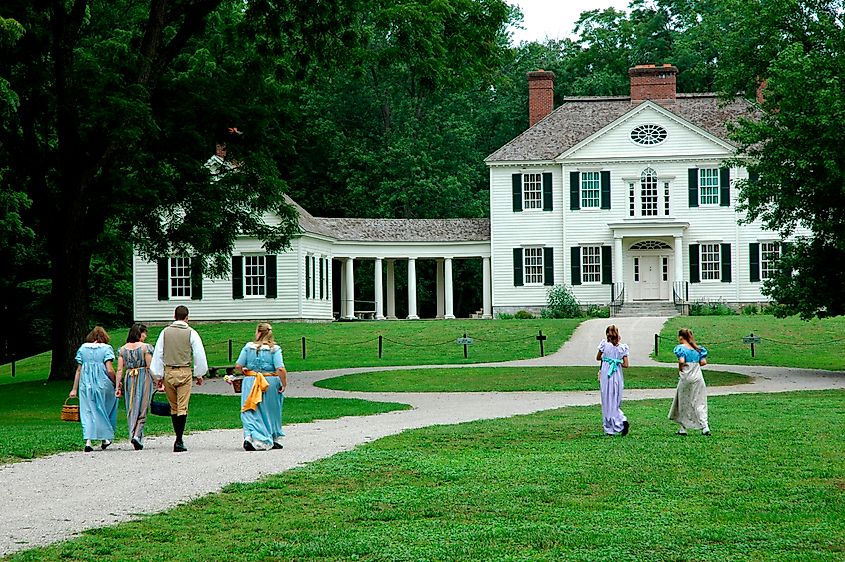
In a place sometimes associated with hardscrabble rural life, the place called Blennerhassett, on West Virginia's western border, suggests a bygone time of affluence and glamour. The area bears the name of Harman Blennerhassett, an Irish aristocrat who constructed a mansion on the nearby island in the early 1800s. Today, the legend of Blennerhassett's wealth lives on at the nearby Blennerhassett Hotel, which opened in 1889, and has counted millionaires and less prosperous guests ever since.
For a fresh-air outing, Blennerhassett Island, which rests in the Ohio River between Ohio and West Virginia, is where the original Blennerhassett family once called home. Their plantation, restored for visitors, welcomes history students of all ages. On the island proper, the Blennerhassett Mansion is accessible by old-school riverboat, which leaves from the town of Parkersburg nearby.
Bluefield
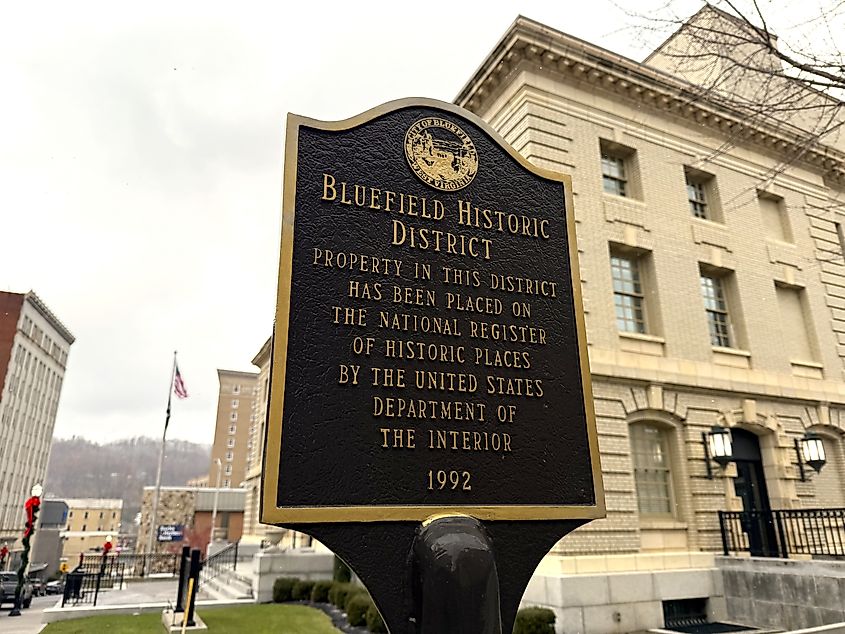
In West Virginia's southernmost area, the town of Bluefield, hiding among the postcard-pretty Blue Ridge Mountains of Appalachia, holds a secret: it sits alongside Bluefield, Virginia. The town is one of several two-state cities across the United States. For a fun night out, head to the RailYard, a restaurant that features a classy bar and a menu of all-American staples. The Granada Theater, a revitalized performing arts centre, built in 1928, presents live entertainment and sells Italian gelato, an echo of the state's Italian immigration to coal mines and other labor-intensive industries.
The Bluefield urban area rests more than 2,600 feet above sea level, making it one of the highest towns east of the Rocky Mountains. The summer months yield cooler temperatures than much of the surrounding region, which has given rise to Bluefield's local nickname as "nature's air-conditioned city."
Elkins
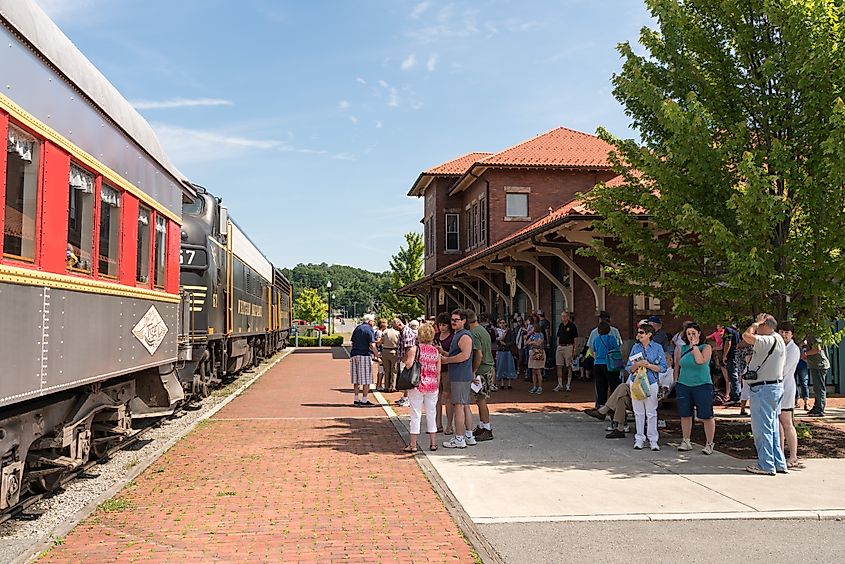
Elkins, a historic town in the north-central part of the state, follows its roots back to the late 19th century. The town underwent transformation with the arrival of rail, which also carried early tourists keen to see the Elkins area's mountain beauty. Those stories still speak to visitors from the town's West Virginia Railroad Museum, which displays steam engines and other artifacts from the golden days of early rail travel.
The Elkins Downtown Historic District, listed as a National Historic District, presents a diverse array of architectural styles, from Colonial Revival to Queen Anne. Of special interest are the 1899 Hotel Delmonte, 1893 Randolph Hotel, and 1908 Ward Building, beloved to design fans and those keen to understand the fashions of fine homes from the past. Outdoor types in Elkins can go fishing, hunting, hiking, or do all three along the nearby Tygart Valley River.
Fairmont
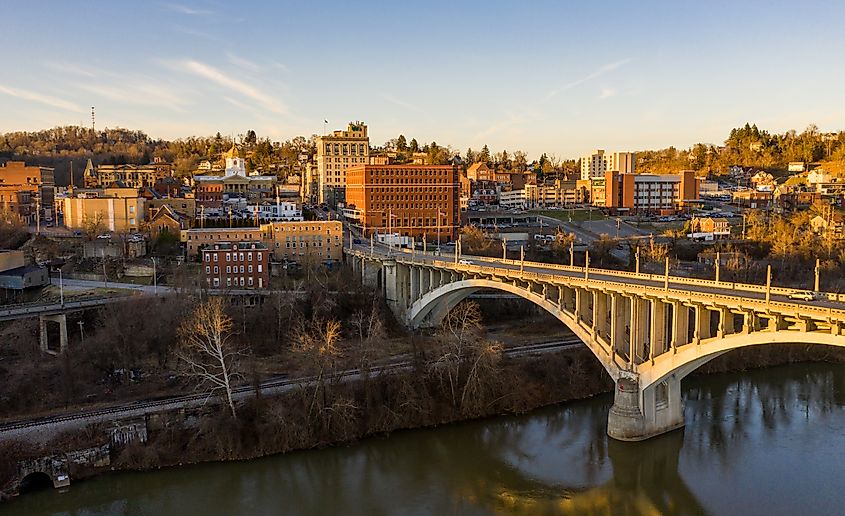
Just 20 miles southwest of Morgantown, Fairmont, a mountain town on the Monongahela River, offers picturesque scenes and a river-focused getaway option. The town is home to Fairmont State University, a public university that gives Fairmont a distinctive college-town feel. When hunger pangs strike, Fairmont offers visitors a taste of history through the popular local snack called the pepperoni roll, which once sustained miners in nearby coal mines, and again shows the influence of Italian immigration to the area.
For some exercise, go to Palatine Park, or opt for Pricketts Fort State Park, which recreates the trappings of 18th-century frontier life. Log cabins and rough-hewn wood tools show life as it was during West Virginia's days of colonial settlement.
Harpers Ferry
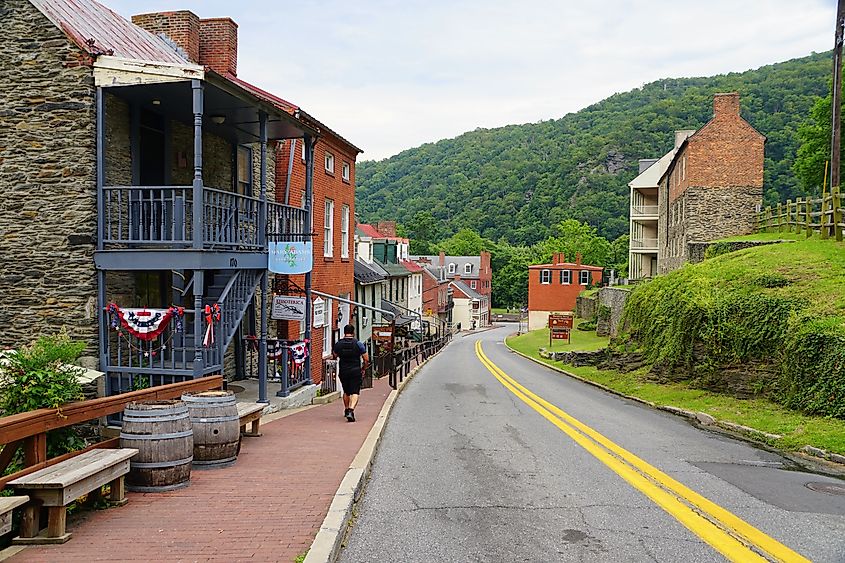
With a position at the confluence of the Potomac and Shenandoah Rivers, Harpers Ferry, despite a full-time population under 300, joins culture and history in a dramatic mountain setting. Set on a hillside, Harpers Ferry's lower town has witnessed industry and insurrection. The town provided some of the supplies that the Lewis and Clark Expedition took west in 1804. The abolitionist John Brown tried to storm a government fort here in 1859, which sped up the United States' movement toward full-blown civil war.
Architecture fans brave the steep stairs to look at St. Peter’s Roman Catholic Church, built in 1833, which bears Neo-Gothic architecture from an 1896 renovation. The Appalachian Trail runs through the center of town, and the trail's management organization, the Appalachian Trail Conservancy, has its headquarters here. For a great burger and a mountain-river view, head to the patio of the Rabbit Hole, a popular downtown bistro.
Martinsburg
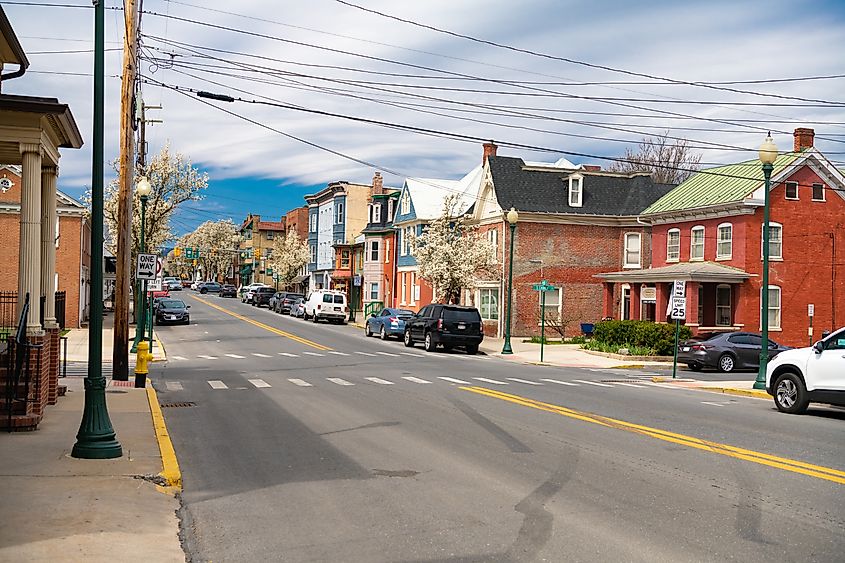
Martinsburg sits in West Virginia's eastern Panhandle, the sliver of state territory between Maryland and Virginia. The town is thought of as a gateway to the Shenandoah Valley, a famously beautiful mountain valley that forms part of the larger Appalachian range parallel to the U.S. East Coast. Martinsburg is also the former home to Isabelle Boyd, a notorious spy for the South. News media at the time called her the "Cleopatra of the Secession."
Travelers can arrive at Martinsburg via Amtrak or through the Eastern West Virginia Regional Airport nearby. Outdoor adventure with a touch of history awaits at the Chesapeake and Ohio Canal National Historic Park, which boosted commerce between the Chesapeake Bay estuary, Ohio, and Washington, DC.
Wheeling
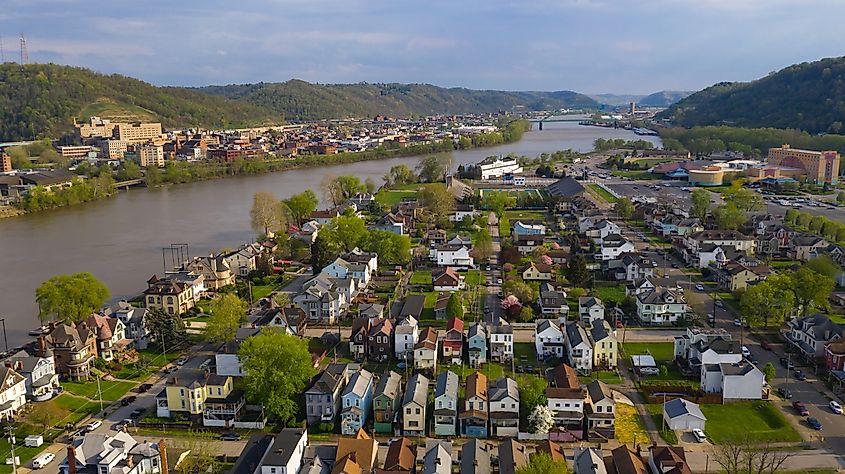
At another end of West Virginia, the town of Wheeling sits in the spike-like northern panhandle of West Virginia, wedged between western Pennsylvania and eastern Ohio. The Ohio River flows at Wheeling's western edge, which supported the town's growth as a trading hub. Wheeling served as the first state capital when West Virginia became a state in 1863.
In town, numerous landmarks shed light on local and state histories. The Wheeling Suspension Bridge, erected in 1849, remains a landmark of the city. The Mansion Museum, part of the region's Oglebay Institute network of museums, offers a view of the sumptuous life of industrialist Earl Overbey. The museum also specializes in the decorative arts.
White Sulphur Springs
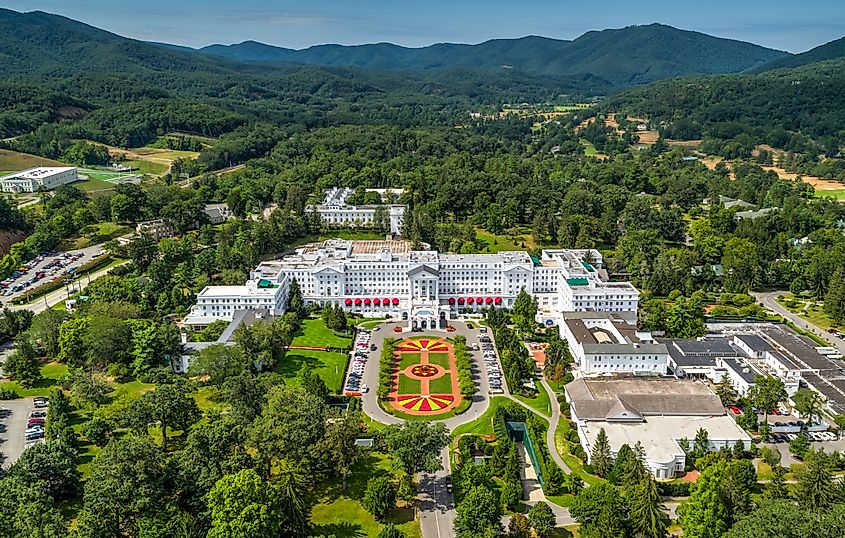
In southeast West Virginia, White Sulphur Springs packs world-class luxury into a small town. For centuries, the town has drawn tourists to its hot springs, which have supported the growth of a local industry around spa treatments and other luxuries. The Greenbrier Resort, a sprawling complex founded in 1778, is called “America’s Resort." It has opened its doors to no fewer than 28 U.S. presidents, as well as foreign royalty, celebrities, and wealthy vacationers who come for golf, dining, and upscale amenities.
During World War II, the Greenbrier housed a secret underground bunker that was meant to protect Congress. The space took on special relevance during the Cold War, when Congress had to make contingency plans in the event of a nuclear attack on Washington. Visitors can tour the bunker today. White Sulphur Springs and its diverse draws can also be accessed via rail services, especially Amtrak's Cardinal route between New York City and Chicago.
West Virginia's Underrated Towns Are Some Of Its Best
Small West Virginia towns like these suggest that the "Wild, Wonderful" slogan is true on both counts. Rugged areas from Bluefield to Fairmont put the Appalachians on vivid display, while points of luxury, from Blennerhassett to White Sulphur Springs, reveal how the Mountain State has always drawn an abundant share of luxury-seekers. And tiny towns like Harpers Ferry host histories that changed the state, and the country, with far-reaching consequences of events like the Lewis and Clark Expedition and the U.S. Civil War. If these and other West Virginia towns seem small, they make up for their modest size with ample points of interest for the tourist keen on seeing history, culture, and natural beauty in one lovely place.

